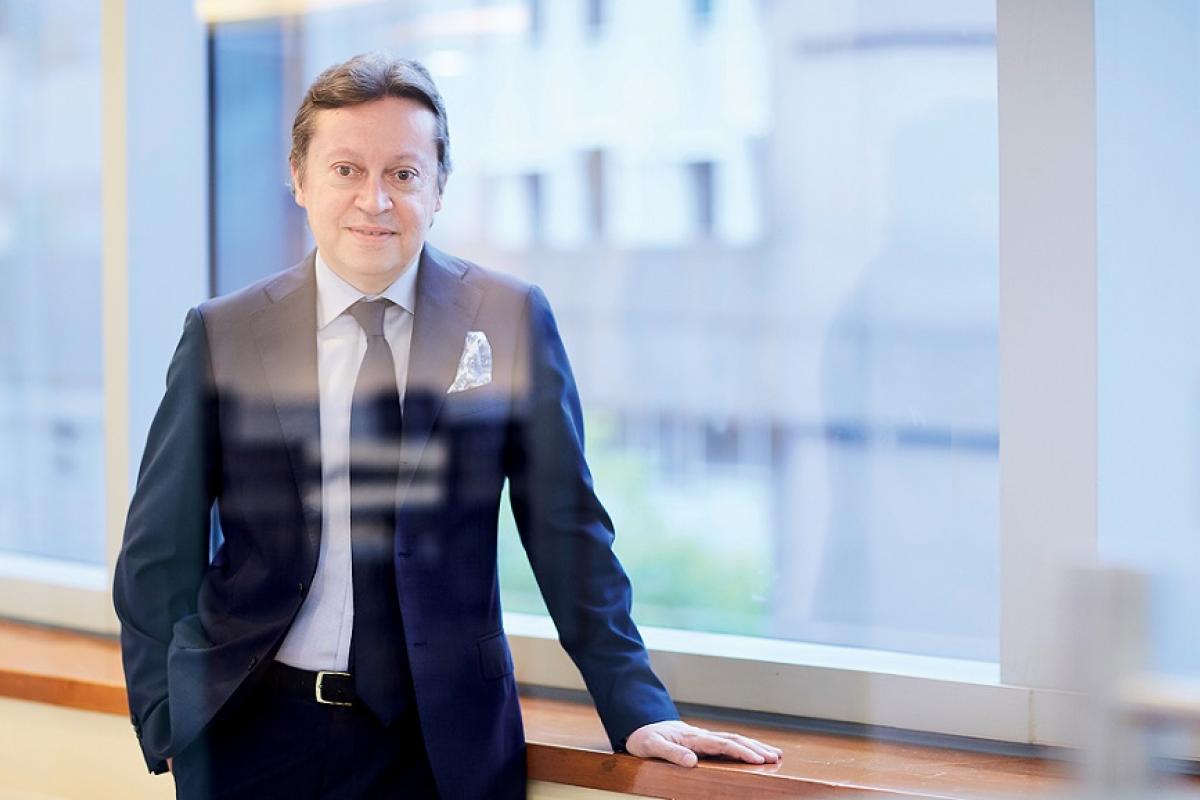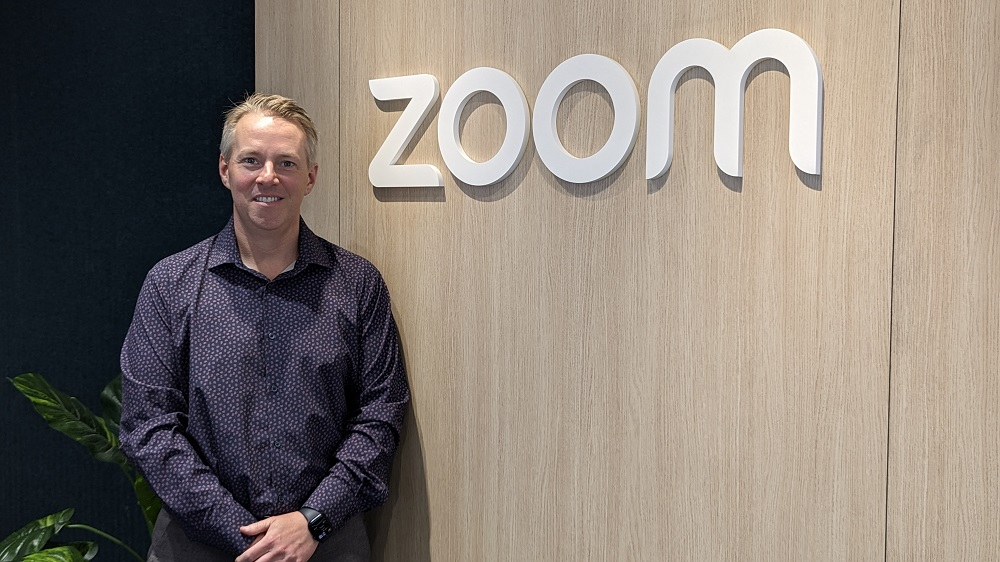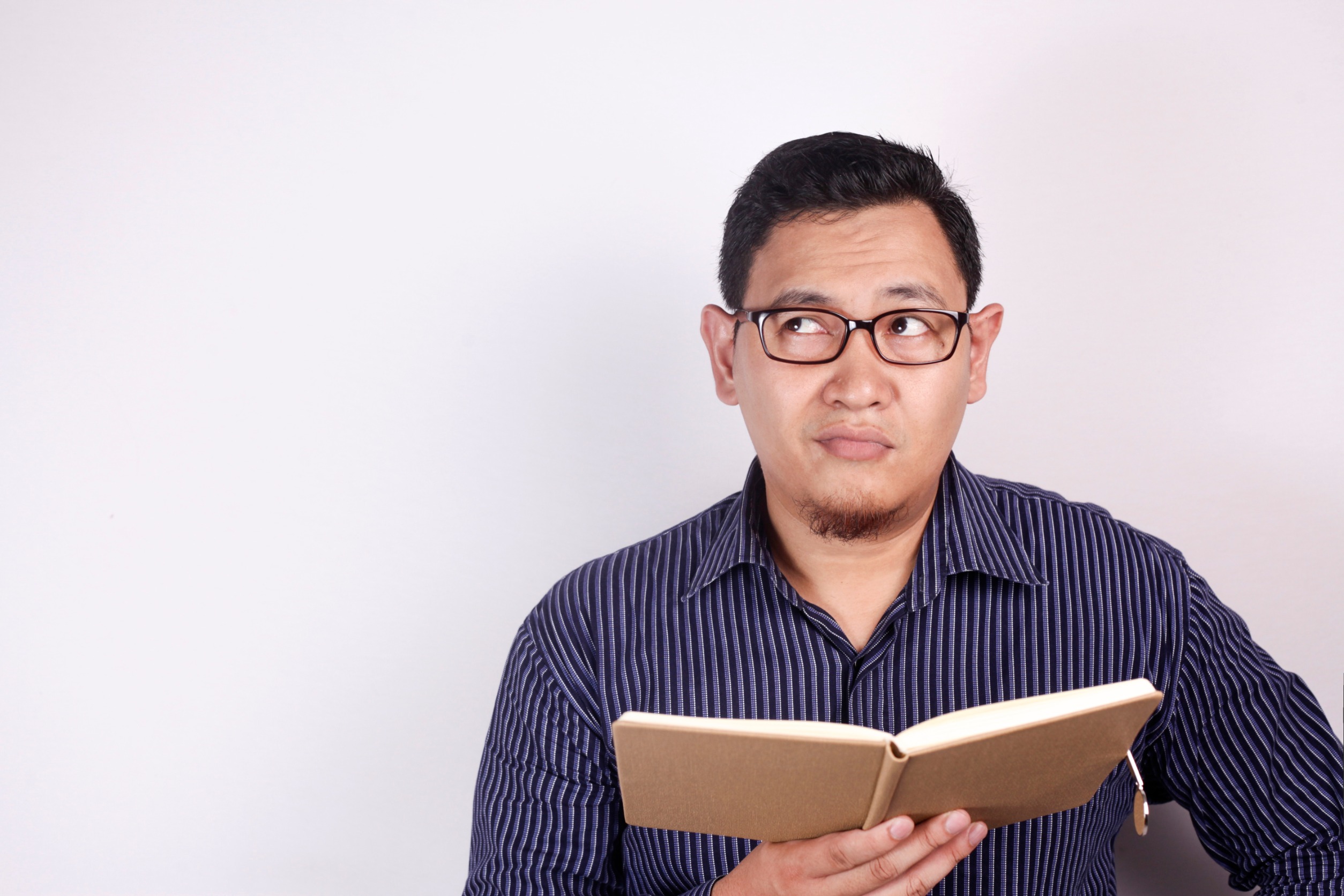How e-commerce reshaped Shiseido’s people strategies
In Leaders Talk HR, HRM Magazine Asia sits down with C-suite movers and shakers to talk HR and leadership.

Jean-Philippe Charrier is a 29-year beauty and cosmetics veteran who has spent a significant part of his career at beauty giants L’oreal and Shiseido. In 2015, he was appointed to his current role as President of Shiseido Asia-Pacific.
One of the first, and most significant things he did, was to move Shiseido’s Asia-Pacific headquarters entirely to Singapore that same year in July – a big challenge that he not only approached head-on, but relished.
Only a year later, the organisation had a staff strength of more than 2,000.
Charrier says his ability, and even inclination, towards difficult situations, be it starting a new office from scratch or uprooting his career every few years, lies in his life and management philosophy.
“I am a person who likes challenging roles because I think a leader is here to challenge the business models and the way we do business,” he shares.
He believes this outlook has helped Shiseido to leverage new innovations and skillsets like e-commerce and “experience-based” shopping in today’s ever-changing conditions.
“One of my philosophies is always to find something which is disruptive and innovative. I try to push things to the very end, whether you’re talking about your products or counter design, or anything which could impact our results. That’s what I do.”
Disruption of beauty industry
How has the personal care and beauty industry changed since you first joined some 30 years ago?
Very dramatically, especially in Asia. The industry at that time was very much influenced by Western companies. Women in Asia were also very influenced by the Western standards of beauty. I’m not sure if there was a kind of inferiority complex or simply admiration for the West. Big players like American and French companies at that time were taking the main share of the beauty market here.
Today, it’s totally different. Asian beauty standards are now looked at as the benchmark here. You have Japanese and Korean companies which are becoming global players and are undertaking a lot of innovation. And you have consumers who are interested in finding more products that fit them and their skin needs. So the market has been evolving with more maturity.
I think the market has also evolved in terms of where people are shopping. Young consumers today shop totally differently than they did 20 years ago. Then, people shopped mostly at department stores, which were probably the only route for foreign beauty brands. Today there’s e-commerce and digital access to information; there are standalone boutiques; and people are also travelling more and buying more at duty-free stores – so the complexity of consumer shopping habits has also very clearly had an influence on our business.
Do you think the beauty industry is less affected by disruption than other industries because consumers still need a physical touchpoint? I mean look at Sephora, which is doing so well.
No, not at all. The beauty industry is certainly not spared from the disruption of e-commerce. In fact, it’s very advanced in North Asia. In Southeast Asia, there is a lot more room to grow and big changes are coming.
Sure, Sephora is a game changer and the consumers love it. Honestly, they are expecting it in some countries where Sephora has not entered yet. Sephora is something different from the traditional retail that people are used to. But they will have a lot of competition in the future. There will be a lot more local intelligent retailers who will go through select stores and this trend will happen everywhere.
But it’s not just the beauty industry that is affected. All companies are disrupted by technology.
What are the biggest industry challenges here in Asia?
There are several. One of them is definitely to create products that are fitting with what consumers want. We are in an industry where innovation is very strong, which means that the cycle of launching new products is very high. For us, the challenge is to get close to the Asian consumer needs.
That’s why we are trying to set up a research and development unit here in Singapore. We have set up a team here because we want to be able to give to them products from Japan and from the US – products which are really fitting what they are looking for.
As a Japanese company, another challenge is to see how far we can go with Asian brands. Asia has been influenced by Japan and Korea, and consumers are increasingly interested in buying Japan-quality products that are reliable and come from very high-quality standards. The Korean beauty industry is in the same boat today. They try to expand in Asia with a different quality standard because for them the primary competitive advantage is their innovation. It’s now Japan and Korea versus the world so we need to figure out how to win this battle.
Emphasis on customer experience
How have these changes influenced people strategies at Shiseido?
We look at expertise differently to many other companies. In order to market our products, we need people who are specialised in digital marketing and e-commerce. The way we sell to consumers is also very different. Before it was a battle of very big media, with television and magazines – the traditional media. When you talk about teams and competencies and HR, those have totally changed. Today you need to have people who look at advertising in a totally different way.
So in our organisation here, we try to build competencies to match these changes in terms of distribution.
We are also looking at retail because it has changed a lot. In a way, retail now is about experience. So when consumers choose a product, they have so many choices in buying online or anywhere else. The point of differentiation for our shops today should be the experience that they have. Some people would go to the extreme to say that you go into a store not to buy a product but to ‘buy the experience’, and the product is just a souvenir that you take away that reminds you of that feeling in the store.
So for us, when talking about HR and competencies, we need to have people who understand these changes, and people who can take us through the different innovations and market environments.
The emphasis on experience would also mean store employees now have to be trained in many other areas?
If you look at a company like Shiseido, which has been selling cosmetics constantly through beauty consultants for many years, it is a given fact that staff are heavily trained in product knowledge and service. But today, the problem is more complex than that because some consumers don’t necessarily want to be influenced by a salesperson when they make a purchase.
So they research the product online first, test it at a store, before buying it somewhere else. The challenge now is how to engage these consumers effectively, but in a different way.
Moving Shiseido’s headquarters to Singapore
Shiseido moved its Asia-Pacific headquarters from Tokyo to Singapore in 2015, and also opened a research and development centre there 12 months later. What was the rationale behind these moves?
These were both something I wanted to accomplish personally, because we had a new CEO in 2014, and he wanted to globalise the company and get closer to customers. At that time we were very Japan-centric. We were selling our products by managing everything in Japan.
There was a very strong need to decentralise the organisation and diversify our human resources. I felt that Singapore, which I knew before I had even joined Shiseido, was the right spot to do that.
I convinced my head office and CEO that if we wanted to expand in Asia we needed to relocate to change the game totally. It was dramatic change all within one year. The decision was taken in the beginning of 2015. I was the first one to set up office here in August, 2015. Then I started recruiting people immediately and we started operations on January 1, 2016. And we are expecting to finish the year (2017) with 2,080 people.
That’s a huge growth in headcount!
Yes it is a big change. But you know what? Today I look back and I say I’m very proud of it, and honestly, I have a team which has about 80 people with a perfect blend of nationalities. I was calculating for about 10 nationalities, so it wasn’t a monoculture like it used to be. Because of that, we manage Asia in a different way. We are close to the markets and our sales have increased dramatically in the past three years.



